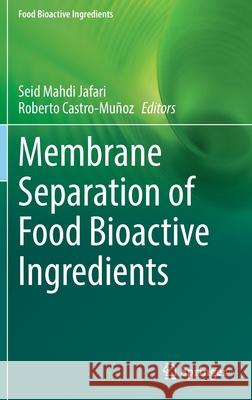Membrane Separation of Food Bioactive Ingredients » książka
topmenu
Membrane Separation of Food Bioactive Ingredients
ISBN-13: 9783030846428 / Angielski / Twarda / 2022 / 445 str.
Membrane Separation of Food Bioactive Ingredients
ISBN-13: 9783030846428 / Angielski / Twarda / 2022 / 445 str.
cena 682,72
(netto: 650,21 VAT: 5%)
Najniższa cena z 30 dni: 655,41
(netto: 650,21 VAT: 5%)
Najniższa cena z 30 dni: 655,41
Termin realizacji zamówienia:
ok. 22 dni roboczych.
ok. 22 dni roboczych.
Darmowa dostawa!
Kategorie:
Kategorie BISAC:
Wydawca:
Springer
Seria wydawnicza:
Język:
Angielski
ISBN-13:
9783030846428
Rok wydania:
2022
Wydanie:
2021
Numer serii:
001110020
Ilość stron:
445
Waga:
0.85 kg
Wymiary:
23.39 x 15.6 x 2.69
Oprawa:
Twarda
Wolumenów:
01
Dodatkowe informacje:
Wydanie ilustrowane











